The Falcon F16 by Matt McDonald

Matt McDonald designs, builds and race his own cat, and you have to respect this kind of drive for catsailing. He is one of the main promoters of the F16 Class in USA and Europe trough Gill de Bruyne in Belgium. The class is growing fast and Matt tell us the full story on how he ended building one of the finest racing beachtcats outhere, the Falcon F16 – for more info and contact go to https://www.falconmarinellc.com/ – Click on images for High Quality pics.
—— -CSN: How long have you been involved in the F16?
-CSN: How long have you been involved in the F16?
Matt McDonald: I have been actively racing catamarans since the early 80’s. Most of my time was on Hobie 16’s as that was essentially the only active racing in the Midwest where I started. I bought a used boat on a whim one day shortly after I graduated college without having any real sailing experience before. It’s April in Nebraska, it’s blowing 25-30, I have a sail boat, so off I go with a friend who has no boating experience to try out my new toy. (Hey it’s a sail boat and they need wind, which we have plenty of – what can go wrong?) Luckily for us one of the local fleet members was there and came to our aid, provided a quick lesson on survival, but more importantly invited us to their regatta happening the next weekend. At the time I was unaware there even was catamaran racing, but the fleet welcomed me in and I was hooked. I went to every local regatta and after a few seasons started figuring it out and began traveling the country.
From an accidental impulse one afternoon, I can easily say that picking up that catamaran was one of the biggest events in my life. I have traveled and raced all over the country and a few places out of North America, I met my wife at a Hobie 16 National in Utah and I have good friends all around the globe.
In 2002 we moved to Florida. We came down with our H16, but the racing group here was predominantly open class, and the racers who were serious were almost exclusively sailing some spin rigged boat. There always was a fleet of H16’s but with the exception of a couple of races where people traveled far from the North east etc. there was not any real competition. It was apparent if we wanted to sail against the local active racers we needed to move to a spin boat.
This did not make Gina (my wife and regular crew) very happy as she was comfortable on the H16. I have owned a lot of different boats and raced most every catamaran in the US from an Aquacat to a Formula 40, but to get Gina on something different was going to be work. There was a good fleet of I20’s active, but at the time a lot of that group was in the process of switching to the F18. In no way was I ever going to be able to get Gina onto an I20 even for a afternoon sail, so this left the F18 as the only apparent choice. The boat though was just still too heavy and the sail loads such she was not comfortable. (We also were looking at having to place a bunch of lead on the boat just to use the small sail plan on something we already had a hard time moving on the beach) No offence to the 18 guys, but this just did not fit us. There were a few Taipans in the country at the time and I tried unsuccessfully to purchase one of those. (I guess luckily for the F16 class in the US)
The boat though was just still too heavy and the sail loads such she was not comfortable. (We also were looking at having to place a bunch of lead on the boat just to use the small sail plan on something we already had a hard time moving on the beach) No offence to the 18 guys, but this just did not fit us. There were a few Taipans in the country at the time and I tried unsuccessfully to purchase one of those. (I guess luckily for the F16 class in the US)
All of this lead me to some serious internet research. During this process I came across Phill Brander, in OZ, who just launched the first Blade F16. He was prototyping this and creating plans to sell to homebuilders for a stress ply F16. Wood, especially in Florida, does not particularly appeal to me, but the concept did. In 93 I had started a company that specialized in composite product development and production. We specialized in taking companies and people’s ideas and developing the design to be made in composite. This involved tooling, design and the creating the specialty processes to make it both unique and cost effective for their projected level of production. Our move to Florida was a result of my company merging with one of the largest machined tooling organizations in the US for marine molds. So being able to develop a composite version of the Blade concept seemed to fit nicely within my companies capabilities and looked to solve my dilemma about having a boat to race with locally. The F16 class was now jump started in the US.  – CSN: The F16 fleet seems to be growing fast in USA, where are the key spots right now?
– CSN: The F16 fleet seems to be growing fast in USA, where are the key spots right now?
Matt: When we built the first Blade at Vectorworks, the F16 class was not much more than a few converted boats scattered around the globe and some internet chatter. After the boats maiden voyage at the Tradewinds regatta in Key Largo, we quickly started taking orders. It appeared there were a lot of people interested in a light weight performance catamaran but, it was not until we took a gamble and submitted a bid to supply the boats at the 07 Alter Cup though that people really started to notice the F16. We then had the opportunity to get some of the country’s best cat sailors on an F16 and to show what they could do. Across the whole fleet the comments on the boat were good and people were surprised at what the F16 was capable of. This event spread the word that the F16 was legitimate. Following that event and the press around it, the F16 became a class mentioned in conversation and print. Now even in places where they have not shown up yet on the beach, the F16 is almost always listed as one of the classes of boats in NOR’s and publications.
We have delivered boats to every region in the US, but there are a few now where the concentration of F16’s is really starting to get both notice and momentum. Florida and the South East US, of course is where we started, but Maryland and the Chicago/ Wisconsin area are both really starting to have regular showings where they can support their own starts and show what the F16 can do.
– CSN Aprox Projected fleet in 5 years?
Matt: People who buy into the F16 are purchasing a performance boat and either race or dream of racing. The F16’s greatest selling points are the lightweight performance and its versatility. The boat is capable of running head to head with the larger formula classes, and legally can be raced 1 or 2 up negating the requirement to always find crew. Most of the Falcons we deliver are going to people looking to go fast without a lot of work, but very few are currently active in the travel race scene. The attraction to the boats though is huge. They have proven capable of handing a wide range of crew weights competitively (especially the newest hull designs like the Falcon) without the weight. Everyone recognizes this advantage on shore, but on the water the light weight provides a whole new level of responsiveness, and speed can come from less sail area, so lower sheet loads and the boat can now be handled by more people and at the end of the day you are not quite so worn out. Some of the boat formulas really sell to the race only kind of customer. I feel the F16 concept presents a package that is appealing to a much larger potential audience. Very few of these may be “travel” racers now but we are attracting a lot of interest and with more boats out there the exposure will help generate activity in the racing fleets. The Maryland fleet is a great example where a couple of boats bought by some local sailors has quickly grown into one of the largest F16 fleets with guys now traveling across the country, helping to promote it more.
 – CSN: You have Gill de Bruyne selling the Falcon in Belguim, any other dealer in Europe? How about Australia? Matt: Gill in Belgium ( www.theboatshop.be ) is our representative in Europe. His enthusiasm and love of the class has been great and he is doing a lot to get exposure for both our boats and the F16 class. It is people like Gill and some others with their efforts around the Globe that are driving the success of the F16 class. The boats we produce are built to order. There is a standard package that is available rigged with most all of the options and features that are most commonly requested, and rigged for racing. As we build for each customer though working in special rigging options, or construction features, or material and color option is not a problem. When a customer gets a boat it is theirs.
– CSN: You have Gill de Bruyne selling the Falcon in Belguim, any other dealer in Europe? How about Australia? Matt: Gill in Belgium ( www.theboatshop.be ) is our representative in Europe. His enthusiasm and love of the class has been great and he is doing a lot to get exposure for both our boats and the F16 class. It is people like Gill and some others with their efforts around the Globe that are driving the success of the F16 class. The boats we produce are built to order. There is a standard package that is available rigged with most all of the options and features that are most commonly requested, and rigged for racing. As we build for each customer though working in special rigging options, or construction features, or material and color option is not a problem. When a customer gets a boat it is theirs.
Right now we do not have any specific representative outside the US except Gill. We have delivered boats around the world though: US, Canada, Europe, Dubai, Pakistan, Asia for example.
CSN- Building an F16 is not much different than building an F18, do you intend to enter that market? generally speaking you have a proven design, (the Viper was a test bed for the C2 for ie) the class is also getting bigger in USA and to my knowledge no other F18 is being build in usa right now.
Matt:We have looked very closely at the F18 class as far as building a boat. I have a current design completed and we were recently approached by a group to tool and build a model they have developed.
All of the primary box/formula rule classes (including the A class) are developed sufficiently that no new name is going to provide a product that is an order of magnitude better than the current designs. The best sailors are going to drive the boat they are on to victory. The cost develop a legitimate new design are considerable and overcoming brand stigma and affording to place sailors capable of winning international titles makes this an even more daunting task. When we can put together the complete package to compete in a class then rolling out the new product will come.
Before I became involved with the F16 class, I was building a 20 foot beach cat for distance style racing (Tybee etc) I also have a light weight 18 in the computer. Right now though the F16 is being supported by us because we really want to see the class grow and it is the boat I personally want to sail. In the US there is market for a few other boats, but a few boats does not often justify the expense and effort to design and develop a new product.  CSN- Your production costs are going up? is still financially viable to produce at home?
CSN- Your production costs are going up? is still financially viable to produce at home?
Matt: F16’s are performance boats. People purchase them because they want to get the best and the fastest, easiest, etc. We build custom so we offer cheaper builds but the public will not buy it if the better version exists. With hardware sails etc, these are expensive vessels to produce. (Performance catamarans are still a great value relative to any other high end performance racer – look at car racing, event spot boat sailing). The biggest obstacle in the catamaran market is volume. Specialty pieces for models ranging from extrusions to weldments and machined fittings are all very expensive in low quantities. Raw materials and these types of costs occur no matter where one has their boats fabricated. For us in the US though we are getting killed with compliance regulation. As a small builder it is increasingly difficult to afford to the costs being dished out by our government. This is the driving force pushing manufacturing of all sorts out of the US. Going overseas though presents a whole new raft of issues. A “performance” boat is not something that has a lot of room for error in the build process. To keep this in control and still build the best product we have elected to continually work on the process and have developed some very unique solutions for building these boats. -CSN: I’ve seen some build process pics of the Falcon hulls posted by Gilles, tell us the tech you are using, it seems that the boatyard did focus on hq building process…
-CSN: I’ve seen some build process pics of the Falcon hulls posted by Gilles, tell us the tech you are using, it seems that the boatyard did focus on hq building process…
Matt: When I sold my share of Vectorworks and started Falcon Marine, we committed ourselves to using only high end manufacturing processes. Hand lamination and some of the other most common practices in the composites industry are under environmental scrutiny as well as being very labor and weather dependant processes. I spent 2 years developing the processes, refining the materials and doing the design work to create the Falcon F16. While the Blade was very successful and showed the world what the F16 could do, there were some tendencies and features in that design that we knew we could improve upon. In creating the Falcon we have a boat that really pushes the envelope of what the F16 can be capable of. Shape wise the hull and rig changes have done exactly what we intended. Design wise we looked very closely at the laminates. We increased the core thickness and density, as well as evolving to higher strength S glass laminates. Throughout the hull we use no less than 5 different weaves and fabric styles so we can place the fibers exactly on the load paths of the hull. A thermoformed core and modified infusion system ensures we can accurately and consistently get the structure placed and laminated without rushing and without worry to the conditions. The result of this is a stiffer hull with increased volume that can provide a boat at the class minimum weight. While a lot of builders are being forced to low labor countries to try and remain competitive, we have elected to instead evolve our processes and product to make it better. Only time will tell which strategy satisfies the public.
CSN- Which other products or projects is Falcon Marine
Unfortunately high performance multihull sailing is a very niche sport. (hopefully the new AC will help that a bit) Right now Falcon Marine builds the Falcon F16 but we still are involved with our core business which is developing composite products.
I can share a couple of the projects we currently have going on our floor: We are prototyping and tooling a foiling trimaran for a group looking to bring it to market. We are developing and building a line of composite amphibious airplane floats, and have several projects going including power train development, hull form design and electronic control used on commercial, naval and autonomous marine vessels.—–Ends
USA Factory: www.falconmarinellc.com
Belguim www.theboatshop.be

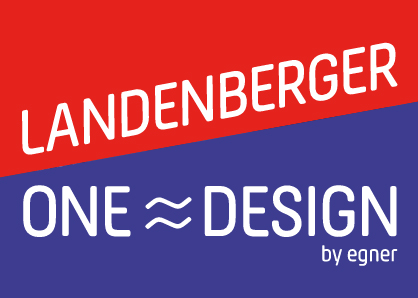
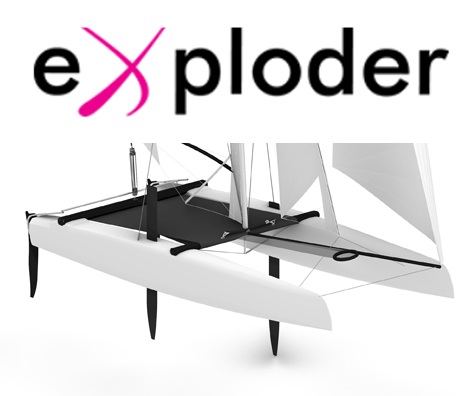
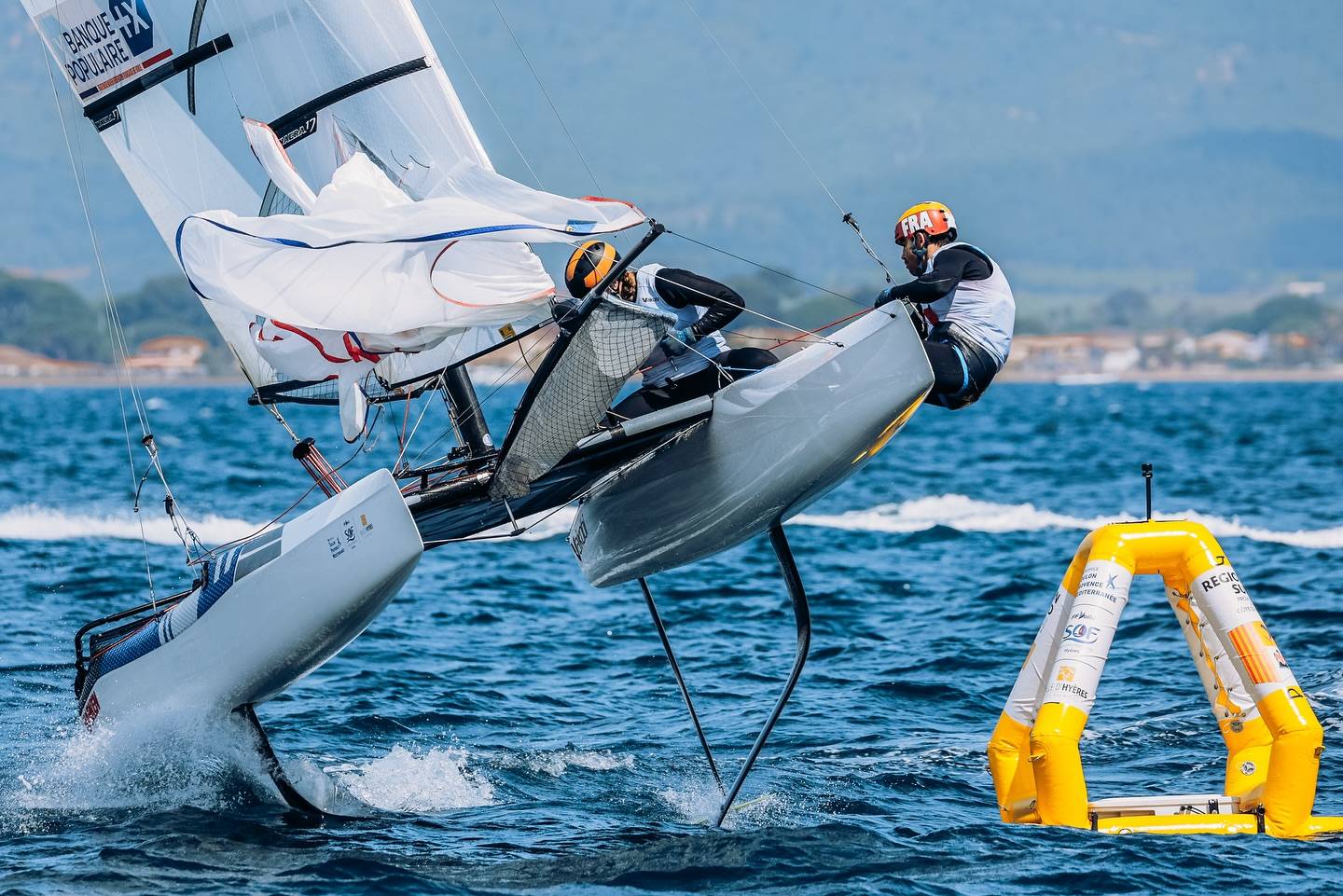


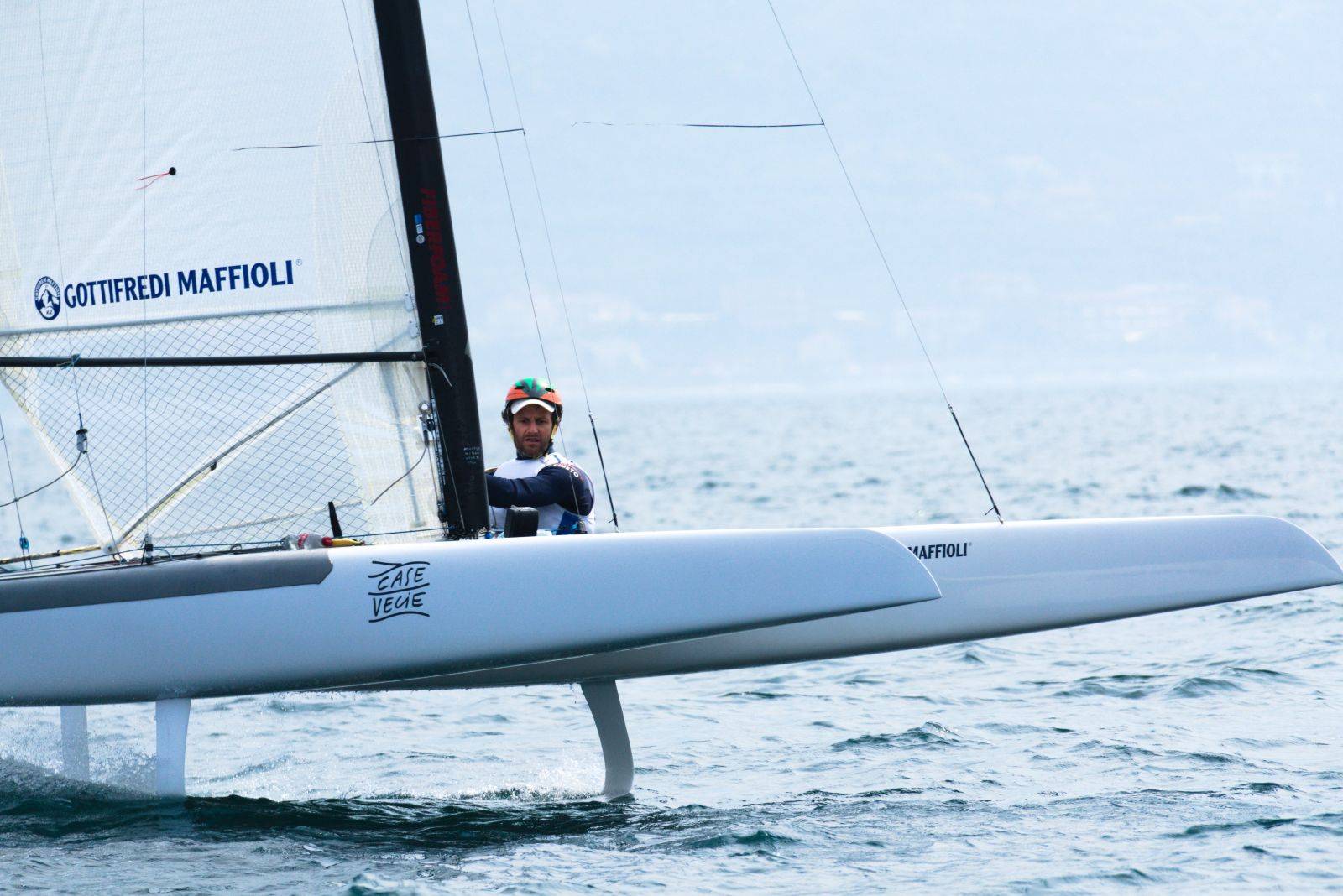
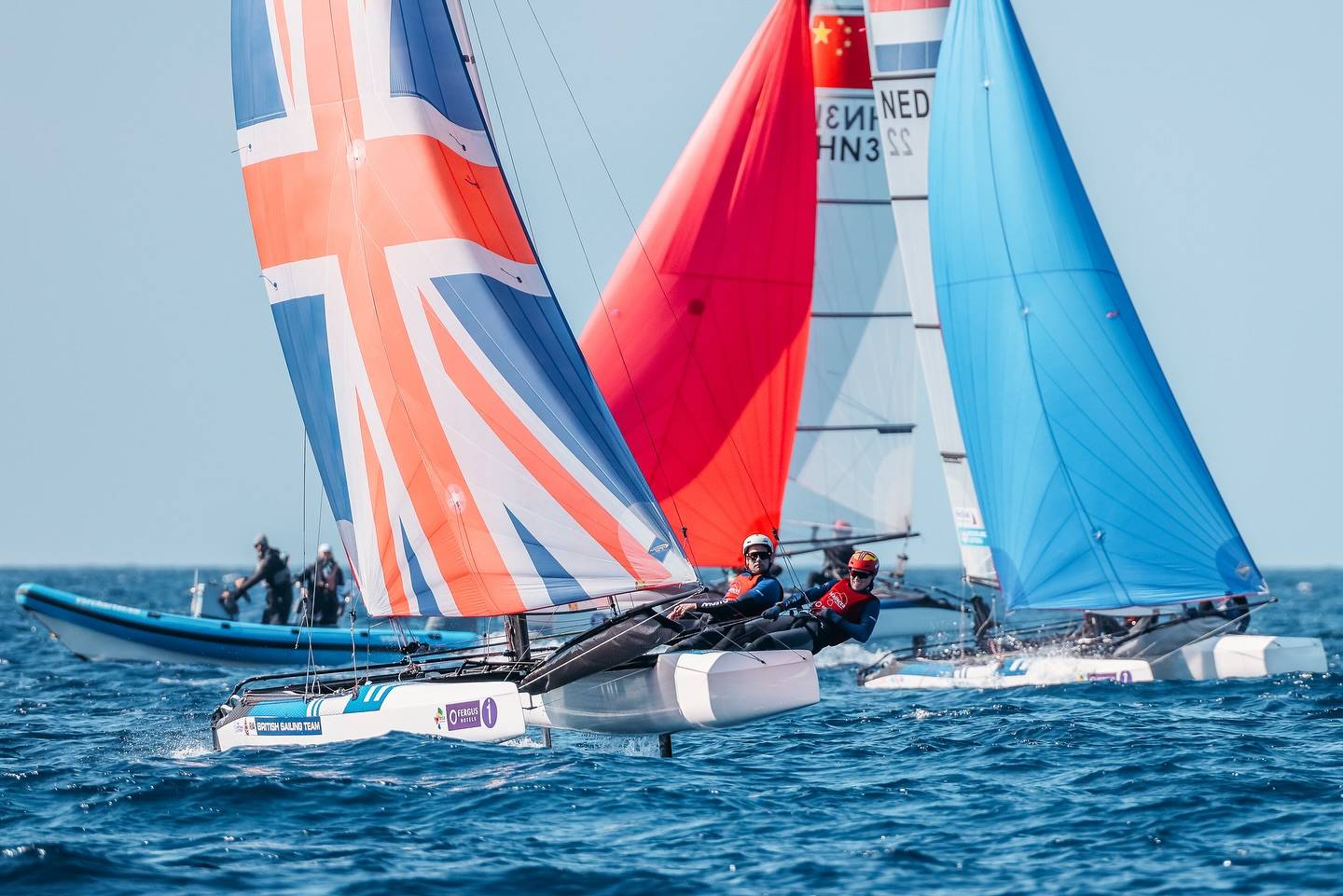
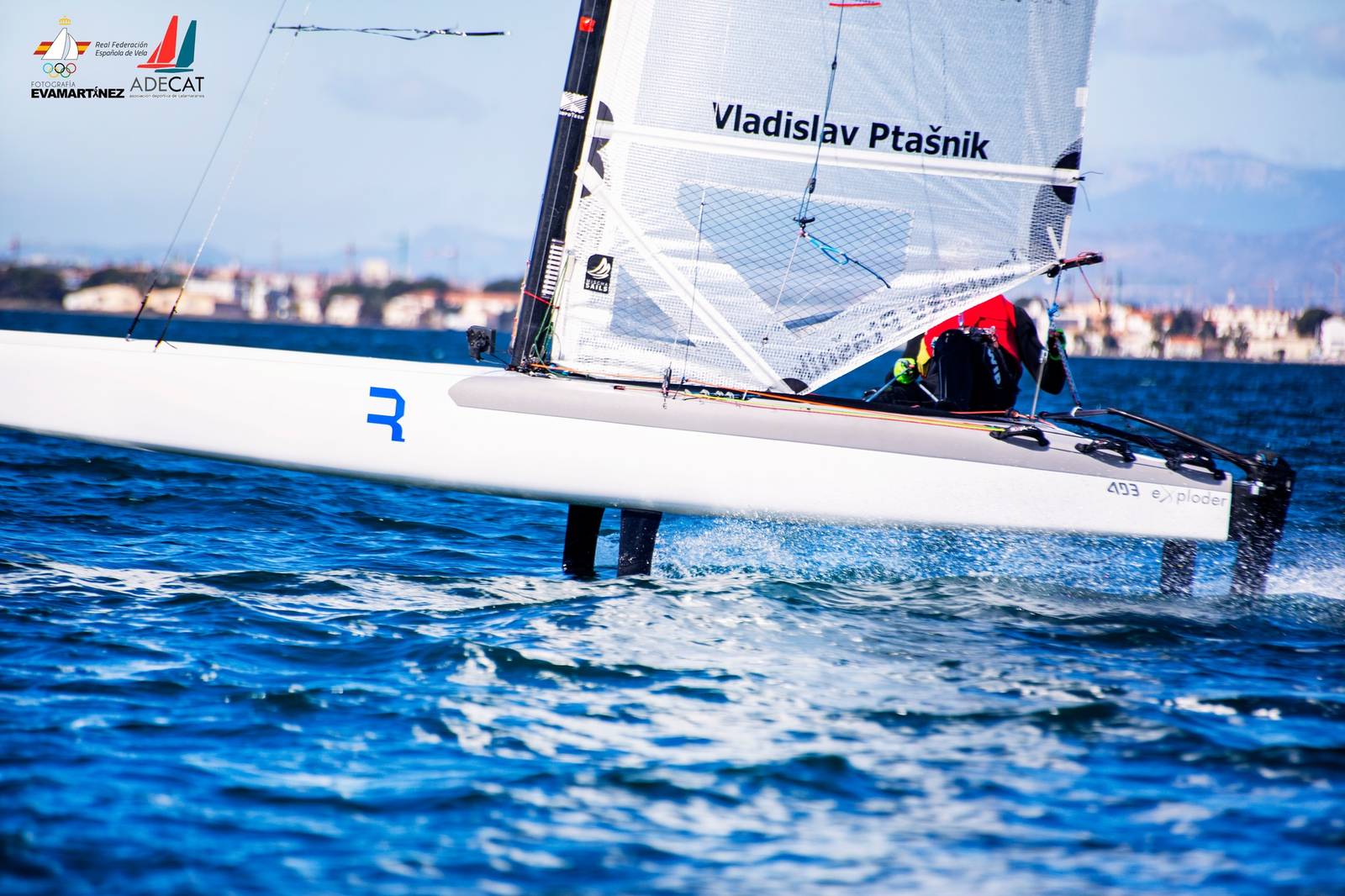
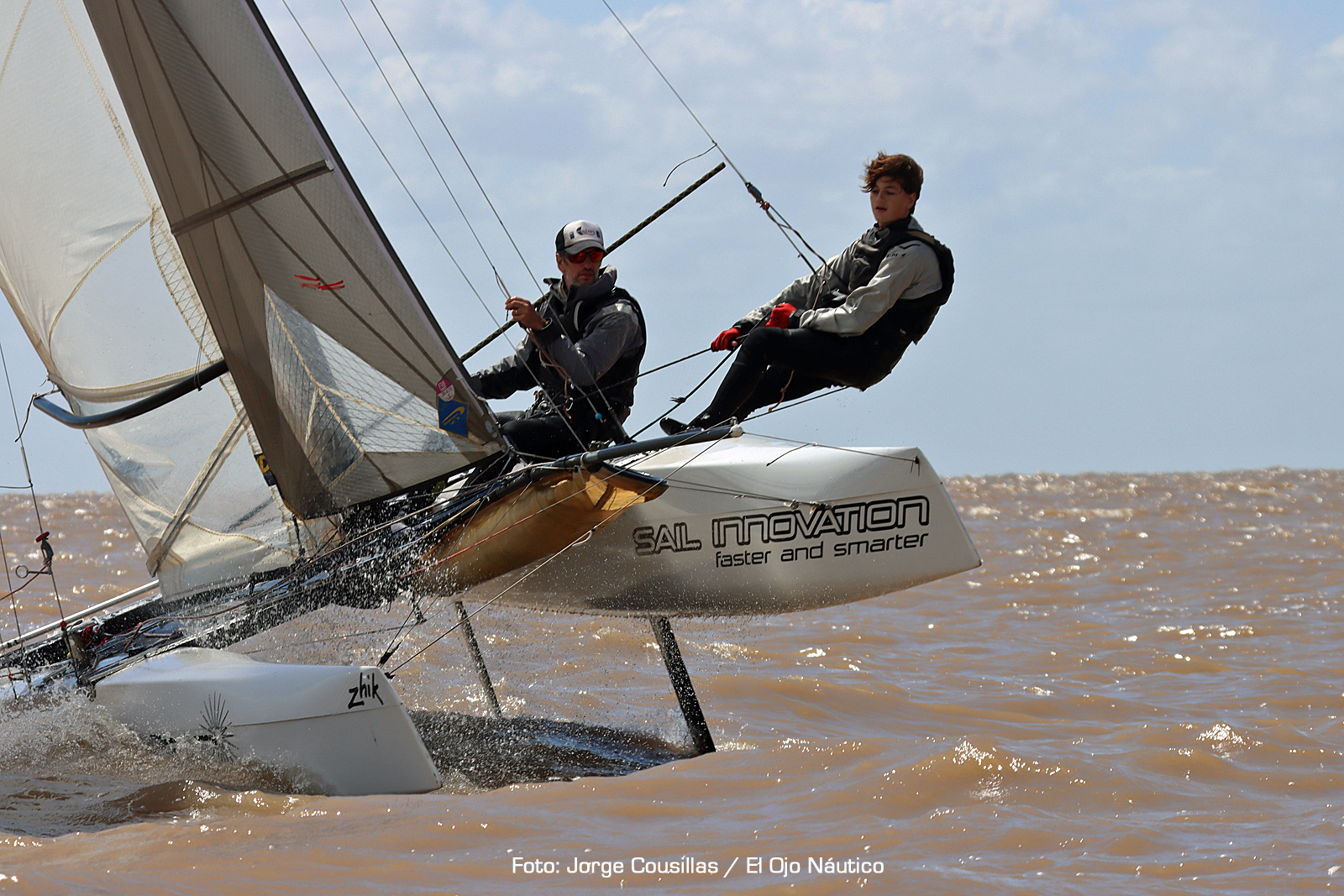
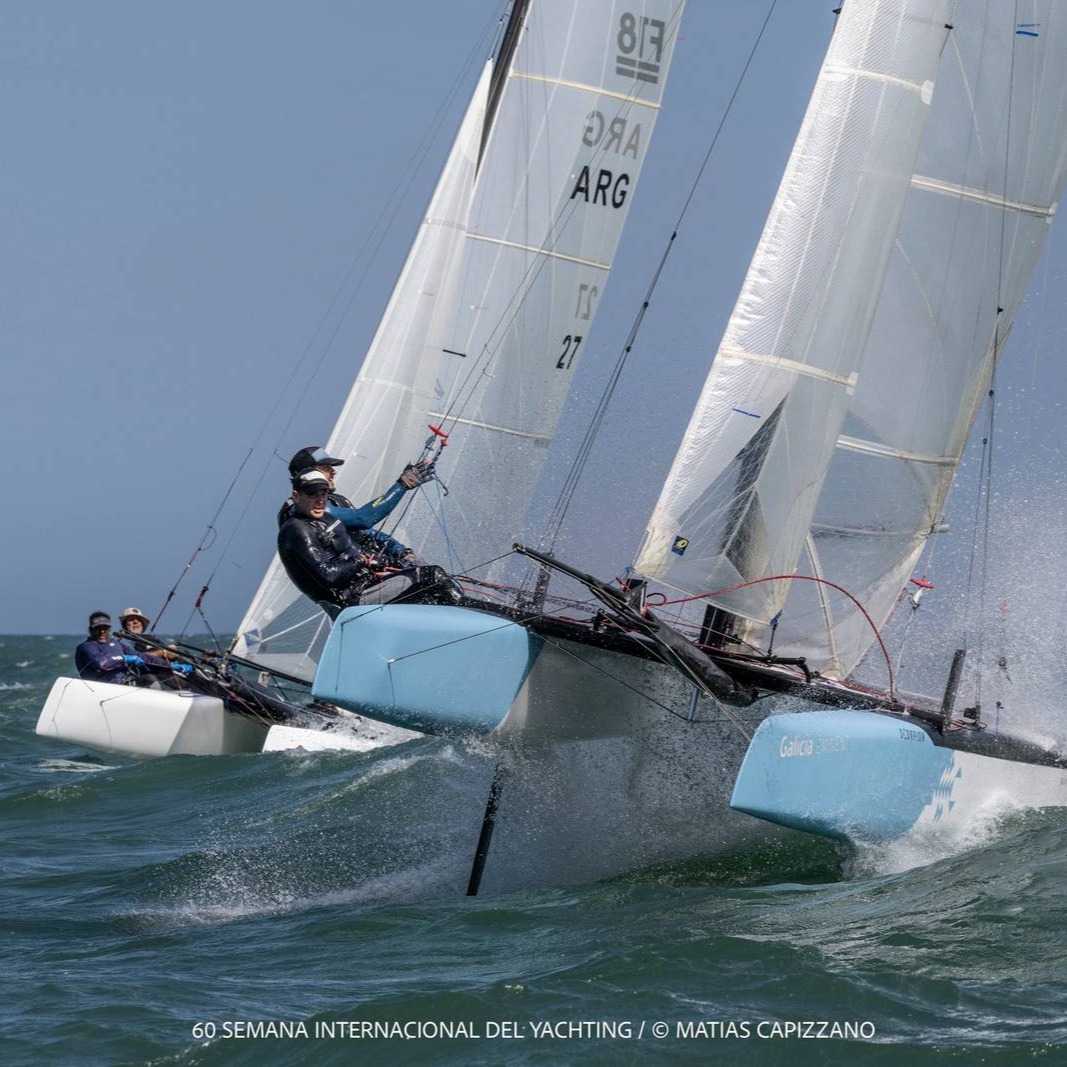
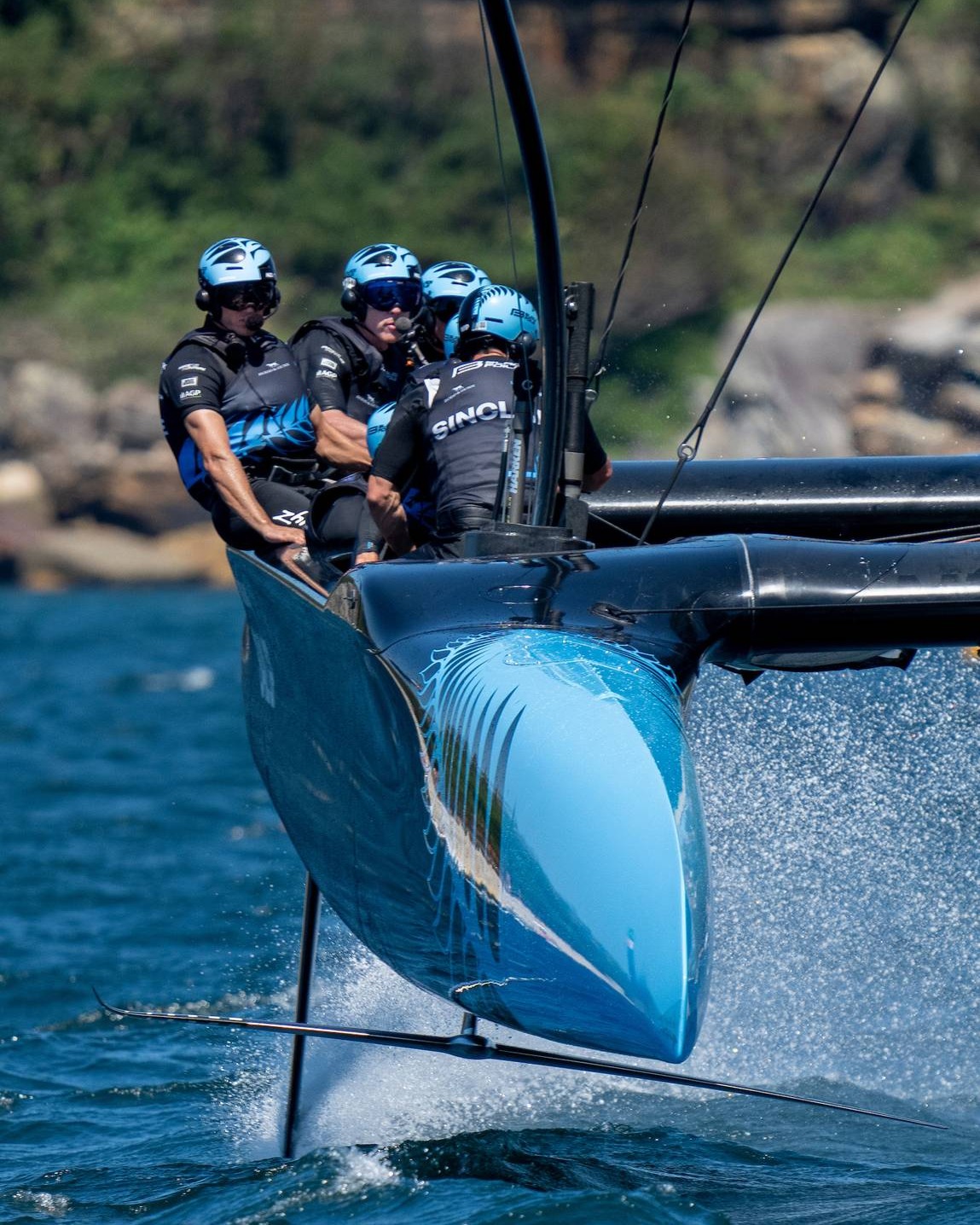













I just heard that my great sailing friend and former CEO of Hobiecat Europe has passed. May The endless oceans…
...Report was sent by an F18 Sailor, if you want Hobies reported send your own, we'll publish as usual. Cheers.
Looks like in your report the Hobies are not really present. Suggest to rewrite the article.
Thanks for the great report Wik. Great battle.
If I correctly read the results the overall winner this year is a Hobie16